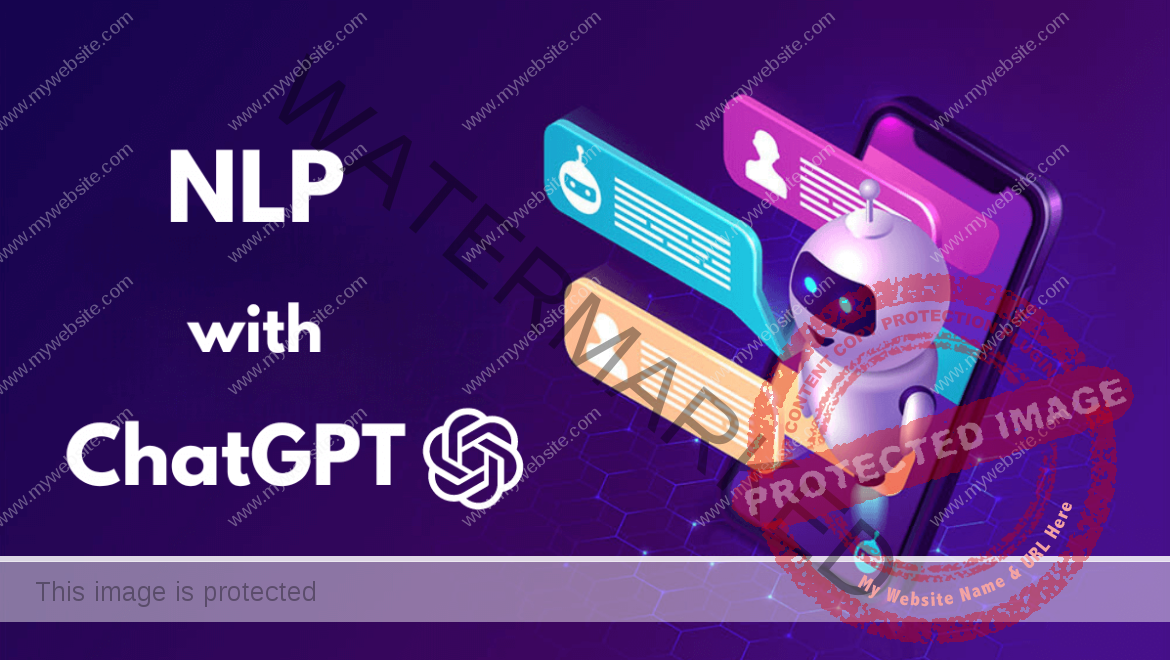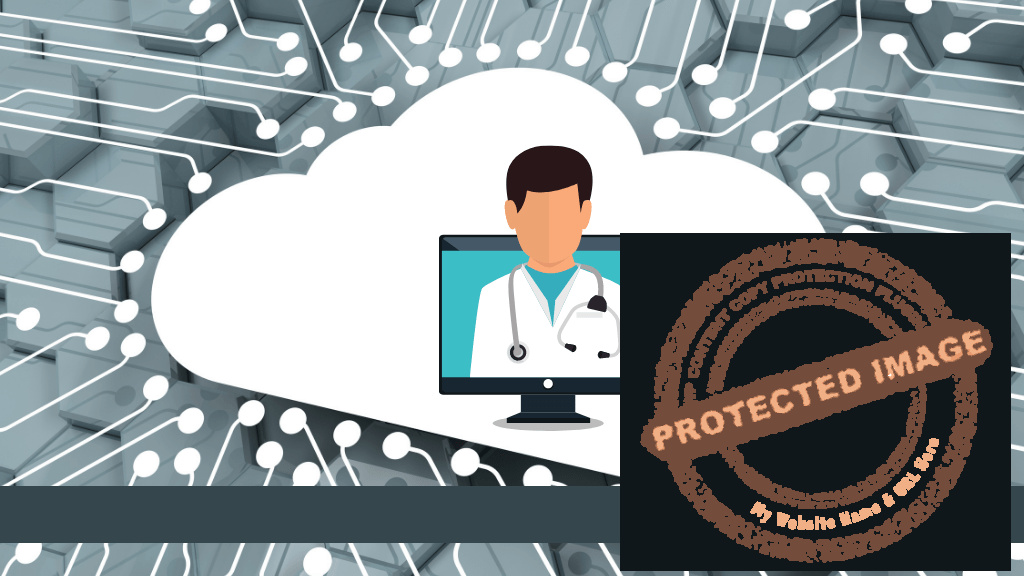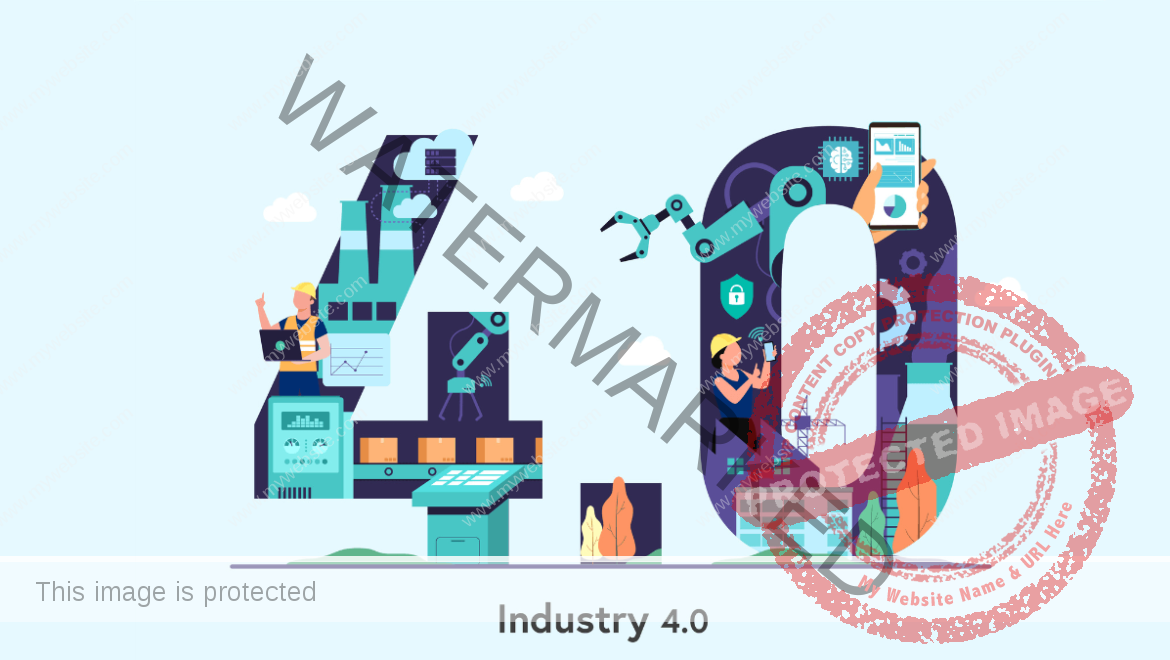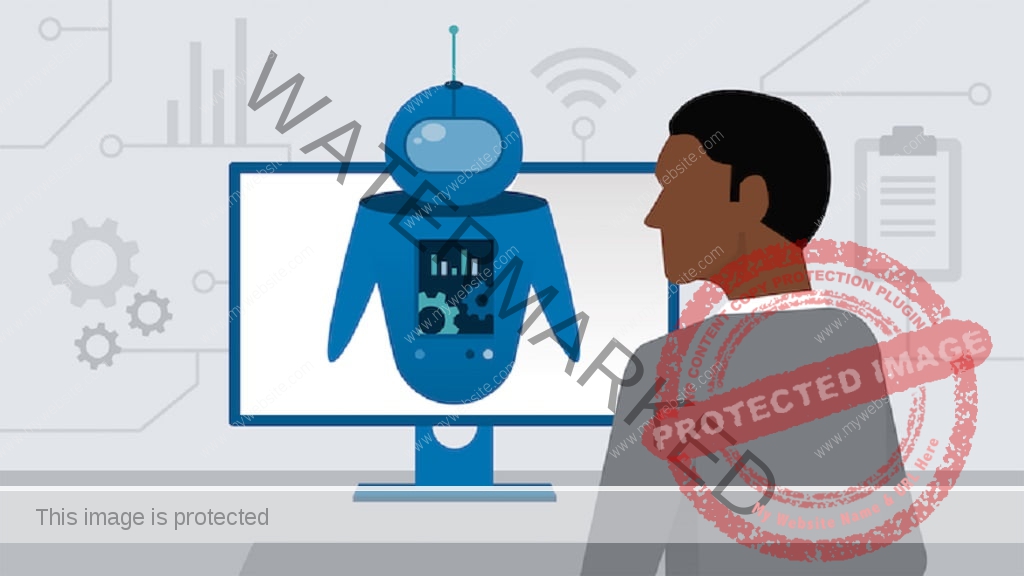Transforming NLP: How ChatGPT is Shaping the Future of NLP?
Excited about ChatGPT?
In this blog, we will have a quick discussion about ChatGPT is shaping the scope of natural language processing. We try to cover the architecture of ChatGPT to understand how NLP is helping it to generate quick and relatable responses.
Let us start our discussion by understanding what exactly ChatGPT is.
History and Development of GPT:
- GPT 1: GPT1 was launched by Open AI in 2018. It works on the principle of autoregressive. In this technique, the previous output becomes the current input. The basic GPT model consists of 12 decoder layers. GPT 1 can understand the context of the prompt and generate responses that are appropriate in each context.
- GPT 2: This GPT was introduced on 14 February 2019. It uses artificial intelligence and neural networks. GPT-2 was expertly trained to perform various tasks such as writing product descriptions, summaries of movies, etc. It contains approximately 1.5 billion parameters. It contains 48 decoder layers.
- GPT-3: GPT-3 has 175 billion parameters which is a vast number compared to GPT-2. This massive size allows GPT-3 to process an immense amount of data and makes it incredibly accurate and versatile.
- GPT-4: This model was released on 14th March 2023 and is the most accurate, bigger, and faster model. Unlike GPT-3, GPT-4 can also accept images as input. GPt-4 is multimodal which helps it to understand several modalities of information.
What is ChatGPT?
ChatGPT is an advanced NLP model that differs significantly from other models in its capabilities and functionalities. It is a language model that is designed to be a conversational agent, which means that it is designed to understand natural language.
ChatGPT is unique in its capability to understand and interpret the natural language used in conversation. This implies that it can communicate with users and provide coherent responses to queries. In contrast, other NLP models focus on text-based data and may not be optimized for dialogue style or audio communication.
ChatGPT is superior to other NLP models in terms of naturalness and coherence. It utilizes a highly accurate algorithm and advanced technology to predict the most appropriate replies to users’ queries. This is achieved through a technique called contextual language modeling, whereby the model analyzes the specific context of the conversation before providing an appropriate response.
It has a significantly larger language model compared to other NLP models. It utilizes a 175-billion parameter transformer-based neural network that enables it to handle complex language constructs better. This feature allows ChatGPT to generate a more accurate response, making it more intelligent than other NLP models.
ChatGPT can learn from past responses. This learning helps it to provide better responses over time and become more familiar with the style of a particular user.
Now let us help you to understand what NLP is and how it is used by different industries.
Explanation of Natural Language Processing (NLP)
Natural language processing is the machine’s ability to understand human language with artificial intelligence.
The two main components of NLP are data processing and algorithm development.
With the help of NLP, the machine can take input before processing it. Then it starts processing it by cleaning it and converting it to a machine-understandable form. Then the data is analyzed by the machine. The machine generates output in a human-understandable format. There are different steps in NLP such as lexical analysis, syntactic analysis, semantic analysis, disclosure integration, and pragmatic analysis.
Must Read:- OpenAI ChatGPT: What It Is & How It Can Help Your Business?
Importance of NLP in Various Industries
1. NLP in Healthcare Industry:
NLP in the healthcare industry helps in improving clinical documentation, supporting clinical decisions, and many more for disease investigation.
2. NLP in Recruitment Industry:
NLP can help you to filter the best applicants for you. It can also help you in automating the candidate prescreening process and makes the overall recruitment process fast.
3. NLP in Manufacturing Industry:
Natural language processing in the manufacturing industry helps in controlling quality, maintenance, and improvement in customer service. It can play a key role in identifying the areas where we can enhance customer service and engagement. NLP can help you to take data from servers and understand when maintenance is required. This can help you to improve the efficiency of your system.
4. NLP in Education Industry:
Natural language processing in the Education industry can be used in text summarization, machine translation, improving academic writing, and many more. It is equally beneficial for students and professors in the education industry. NLP can enhance the quality of instruction and help professors to create assignments for students. It can help professors to make the sessions more interactive for the students.
A Brief Overview of ChatGPT and its Relevance to NLP.
ChatGPT is an artificially intelligent bot powered by natural language processing. It gathers data from various internet sources such as websites, textbooks, etc., and then generates an output in a human-understandable form. It is much more than a chatbot because it can help you to complete the following tasks:
- Author articles and blogs.
- Write codes.
- Search recipes for you.
- Translate
- Debugging
and many more
ChatGPT is among the most advanced chatbot that can generate the output in the same context as its user wants. Some of the NLP techniques such as Tokenization, named entity recognition, sentiment analysis, and part-of-speech tagging are used in ChatGPT. Let us discuss Tokenization in detail.
Tokenization in ChatGPT:
Tokenization is a process of dividing the input into tokens. In ChatGPT the tokens are usually words and sub-words. Every token in ChatGPT contains its id called token id. This is a crucial process as it helps model output generation. The model can take the token id as input and transform each token into embedding.
Word-based tokenization and Sub word-based tokenization are two common tokenization. Out of the two sub-word-based tokenization is used by ChatGPT, in which each token represents a single sub-word.
Limitations of ChatGPT
ChatGPT is a powerful chatbot platform that enables individuals to communicate with chatbots designed to assist them in their daily tasks. However, the platform has limitations that should be considered.
- The first limitation of Chatbot is its dependence on the input of the user. Chatbots rely on the user’s input to perform their functions. If the user fails to provide complete information or provides confusing information, the chatbot may not be able to execute its task efficiently. This can result in frustration for the user and eventual failure of the chatbot to perform its function.
- ChatGPT cannot interpret and respond appropriately to irony, or ambiguous language. People tend to use ironic and ambiguous language when communicating and chatbots may not always be able to keep up with the meaning behind the language. As a result, the chatbots may end up providing incorrect responses, which may further confuse the user.
- ChatGPT has limited knowledge of specific domains. Chatbots operate based on the information they are programmed with.
- ChatGPT is subject to biased information. Chatbots operate based on sets of data and algorithms designed to process that data. Misinformation can also be unintentionally programmed into ChatGPT, resulting from programming issues or faulty data collection.
- As technology evolves, data and privacy concerns become even more important. ChatGPT like many other platforms, raises the question about users’ data and information.
- One potential issue with ChatGPT is the sharing of personal data. Some users may not be comfortable with this type of data sharing.
To address these issues, developers of ChatGPT must carefully curate large and diverse datasets. and a variety of opinions are represented. They must monitor the outcomes of ChatGPT models used in real-world applications to detect any signs of bias that can be traced back to the model’s performance.
Architecture of ChatGPT
At its core, ChatGPT is based on transformer architecture, a type of neural network that is particularly well-suited for NLP tasks. The main advantage of the transformer is its ability to process sequential data, such as text, in parallel, meaning that it can learn from entire sentences or paragraphs at a time. ChatGPT generates more coherent and contextually relevant responses.
The key components of ChatGPT are the input and output layers, the encoder, and the decoder. The input layer receives the input from the user. Then input transforms into a sequence of numbers known as embeddings. which represents the meaning of each word in the sentence. These embeddings are then fed into the encoder, which is a series of stacked transformer layers that encode the information into a high-dimensional representation called a context vector.
The decoder is another series of transformer layers that takes the context vector and generates a sequence of numbers that represent the next word or phrase in the response. The process is repeated iteratively, with the output of each decoder layer being fed back into the decoder until a suitable response is generated. The attention mechanism is a key component of the architecture that allows ChatGPT to focus on specific parts of the input during the encoding and decoding stages, allowing it to capture important contextual information.
Furthermore, the architecture of ChatGPT is a product of many layers of training and optimization and is a complex structure. It involves multiple layers of computation and data processing. Combining the transformer architecture and advanced optimization techniques. The model can generate relevant responses.
Integration with other Technologies: Machine Learning and Robotics
One of the most significant benefits of utilizing ChatGPT in machine learning and robotics is the ability to create intelligent systems that can communicate with humans. In the world of robotics, where machines are becoming more integrated into our daily lives, the ability for them to communicate as smoothly as humans is vital. ChatGPT’s natural language processing capabilities allow robotics to understand, process, and respond to human language more accurately. This feature makes the overall experience more engaging and less complicated for users.
Another potential use of ChatGPT in robotics is in the development of machines with enhanced problem-solving capabilities. Due to its ability to process, manipulate and draw conclusions from vast quantities of data, including texts, and images, ChatGPT can quickly analyze and produce solutions that can then be used to make robots more versatile, reliable, and efficient in their operations, with applications in various industries.
In the manufacturing sector, ChatGPT integration with machine learning and robotics could be beneficial. ChatGPT’s text generation capabilities could be used to automate specific processes, such as generating work instructions or even providing feedback on products. Robotics, on the other hand, could be leveraged to carry out these processes, ensuring the quality and consistency of production. This integration could potentially lead to increased productivity, streamlined operations, and reduced labor costs.
The usage of ChatGPT in robotics could significantly improve the overall customer experience. Customers hoping to make inquiries or resolve issues can interact directly with robots that utilize natural language processing capabilities. As such, this creates a more personalized and efficient support system.
Impact on Job Roles and Skills in the Workforce
Some experts are saying that ChatGPT has the potential to disrupt several Industries. In this section, we discuss the impact of ChatGPT on jobs and the workforce:
ChatGPT can do repetitive tasks such as creating HR policies, attendance tracking, etc. But the jobs that require an elevated level of creativity, innovation, and critical thinking will not be impacted.
Some of the jobs affected by ChatGPT are:
Accountants:
Automation may limit the number of accountants needed. Most of their work can automate with the help of artificial intelligence incorporated into chatbots. Experts predicted that it is unlikely to automate accountancy-related work with AI.
Customer Service Assistants:
Chatbots can understand human language. Interpret it and then generate the appropriate response. The customer service assistant’s main goal is to understand the queries raised by the customers and help them with solutions. It can be perfectly done by chatbots. Also, these chatbots can ensure 24/7 availability.
Traders:
Automation cannot replace skilled traders. Although, some modern technologies such as big data, artificial intelligence, and augmented and virtual reality can help traders in some places. Many physical requirements are hard to automate in trading. One primary reason is that robots are still expensive for some industries.
Personal Financial Advisers:
ChatGPT may affect financial advisers. Artificial intelligence can provide you with insights and the areas where you can invest to gain profit. AI can help you to get insight by understanding a large amount of data along with thorough research over years.
Teachers:
Teachers have tasks such as assessments and creating question papers which can be handled by ChatGPT. Students are also using this chatbot to prepare themselves for exams. Professors might have concerns regarding their jobs. Although, in some cases, it is found that chatbots and different AI tools are inaccurate in terms of knowledge, and developers are still working out to fix this inaccuracy.
Applications of NLP and Chatbots
NLP is a growing field and has numerous applications in different industries. In this section, we discuss how NLP Services & Solutions are driving these industries.
1. NLP in Healthcare:
Chatbots can be helpful to transcribe notes for EHR (electronic health records) activity because of their speech recognition techniques. Along with machine learning, NLP can help in a clinical trial, clinical decision support, etc. In this way, automation helps in decreasing the risks in the diagnosis and treatment of patients.
2. NLP in Banking:
Natural language processing (NLP) services in banking help in understanding human queries. NLP can help in analyzing documentation in the banking and finance sector. Some other use cases of NLP in the banking sector are investment analysis, customer service & Insights, etc.
3. NLP in Manufacturing:
In the manufacturing sector, artificial intelligence company can help you understand insights based on the data generated in natural language. In this way, it can help in mitigating human errors. NLP can help improve communication between humans and machines, automate tasks, and make manufacturing processes more efficient than before.
4. NLP in Travel and Tourism:
In the travel and tourism industry, natural language processing techniques are helping in improving sentiment analysis, chatbots, and curating personalized tours and hotel recommendations. NLP is great for people facing language barriers in booking hotels and other related stuff in the travel and tourism industry. NLP helps tools to carry out a few tasks to enhance the staying experience such as turning on or off the lights or playing web series on a television set, etc.
The Future of NLP in Conversation with ChatGPT
ChatGPT provides more powerful tools that help businesses and organizations unlock the potential of NLP. Unlike traditional approaches to NLP which involve manual coding and complex algorithms, ChatGPT offers an intuitive language-based interface that makes it much easier to handle this advanced technology.
ChatGPT helps in the evolution of a new era of natural language processing (NLP) technology with its powerful AI-driven chatbot. Through its ability to interpret natural language queries and convert them into actionable results. ChatGPT is leading the way in conversational AI.
ChatGPT introduces the new wave of NLP technology by:
- Using deep learning to interpret users’ queries allows it to interact with conversations accurately.
- Empowering developers to build conversational AI applications quickly and easily with minimal effort or training needed.
- Ensuring that interactions are personalized for each user by utilizing dynamic memory networks that can keep track of conversations across multiple platforms and devices.
By utilizing these technologies, ChatGPT is enabling businesses to create conversational AI applications that offer a more natural, human-like user experience, unlocking the potential of NLP for both businesses and consumers alike.
The potential of NLP is immense, and the development of ChatGPT marks a major step forward in unlocking this potential of NLP Services & Solutions. By using powerful AI algorithms, ChatGPT can generate more natural-sounding and more accurate responses.
How does OTS help you to build custom applications like ChatGPT using NLP?
Experts in OTS Solutions possess experience in building software to grow your business. We collaborated with different enterprises dealing in healthcare, retail and distribution, education, travel and tourism, manufacturing, and many more. Contact us if you are hunting for the best NLP Services & solutions. Let us connect and discuss your requirements in detail.
Must Read:- App Modernization in the Digital Age: The Role of AI and ML in Application Modernization
Conclusion:
In this blog, we discussed what is ChatGPT and what are its challenges and strengths. We also cover the future enhancements of the NLP and Chat bot industry and Chatbot applications in different industries. Moreover, ChatGPT can be used in a multitude of applications including customer service, marketing, and language learning. Its implications are far-reaching and promise to reshape the future of NLP.
Wanted to Develop Custom Applications with ChatGPT
Unlock the Power of Conversational AI for Your Unique Needs
Frequently Asked Questions:
1. What is the scope of natural language processing?
NLP is one of the growing technologies, and with continuous innovation, we can see its applications in every industry. On the other hand, NLP is a demanding and high-paying field.
2. What are the probable future applications of NLP?
NLP is continuously rising, and here are some applications of NLP:
- Advancements in machine learning
- Enhanced data availability, quality, and security
- Intelligent Conversational AI tools
3. Where is natural language processing used?
There are several applications of NLP. Such as:
- Translation software
- Chatbots
- Spam filters
- Search engines
- Grammar correction software
- Voice assistants
- Social media monitoring tools
And many more.
4. How is ChatGPT different from other chatbots?
Unlike other chatbots, ChatGPT can admit its mistakes and reject inappropriate requests. There are several other differences between ChatGPT and other chatbots. We described it in detail in this blog.
5. What kind of model is ChatGPT?
Initially, ChatGPT was built using GPT -3.5, launched in November 2022. In March 2023, ChatGPT Plus was launched by OpenAI. ChatGPT Plus has been built using GPT-4 model.
6. How are companies using ChatGPT?
Nearly 77% of companies use ChatGPT for writing Job descriptions, and around 66% draft interviews.
The post Natural Language Processing with ChatGPT appeared first on OTS Solutions.
Atoms Lanka Solutions

















